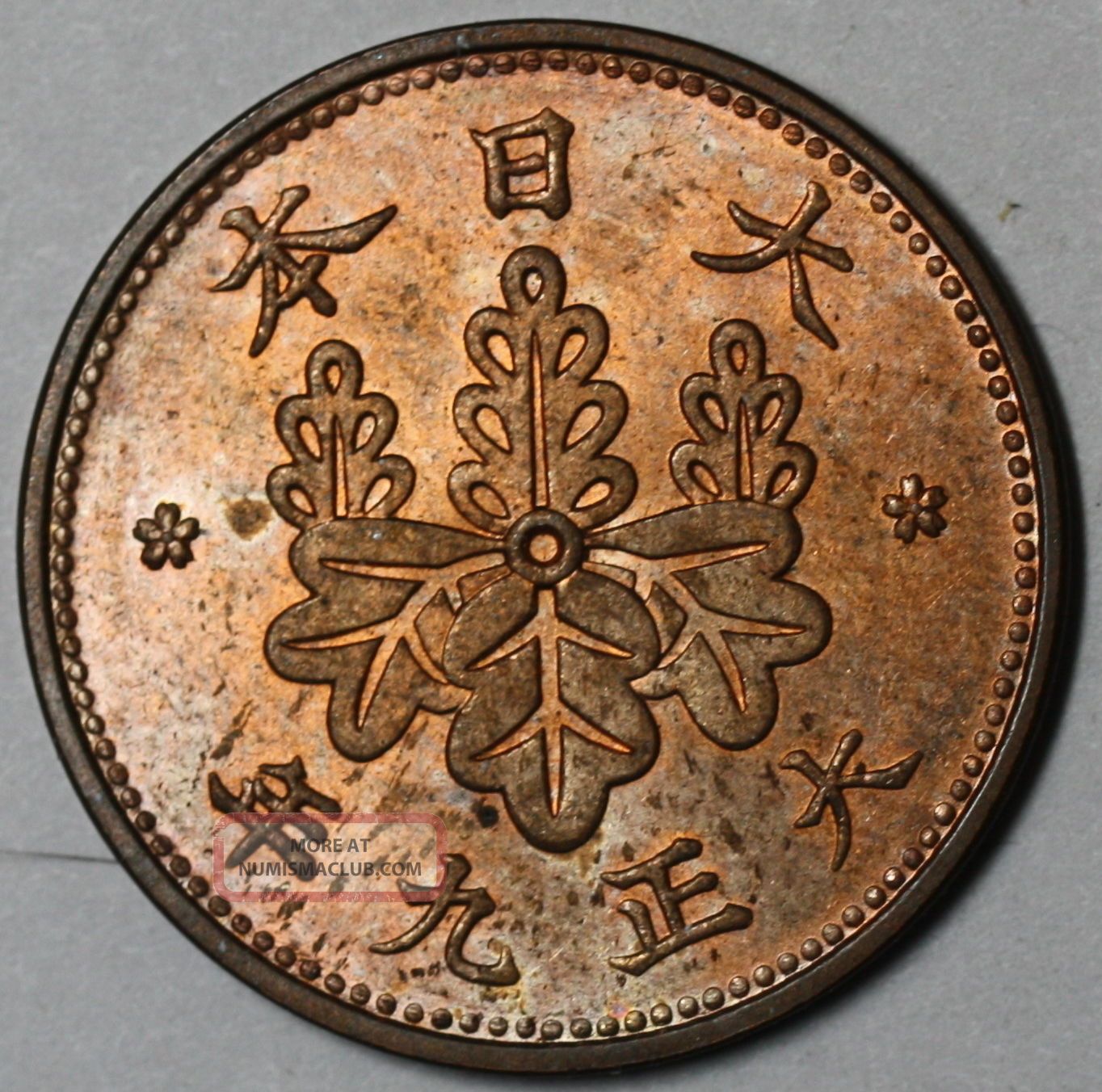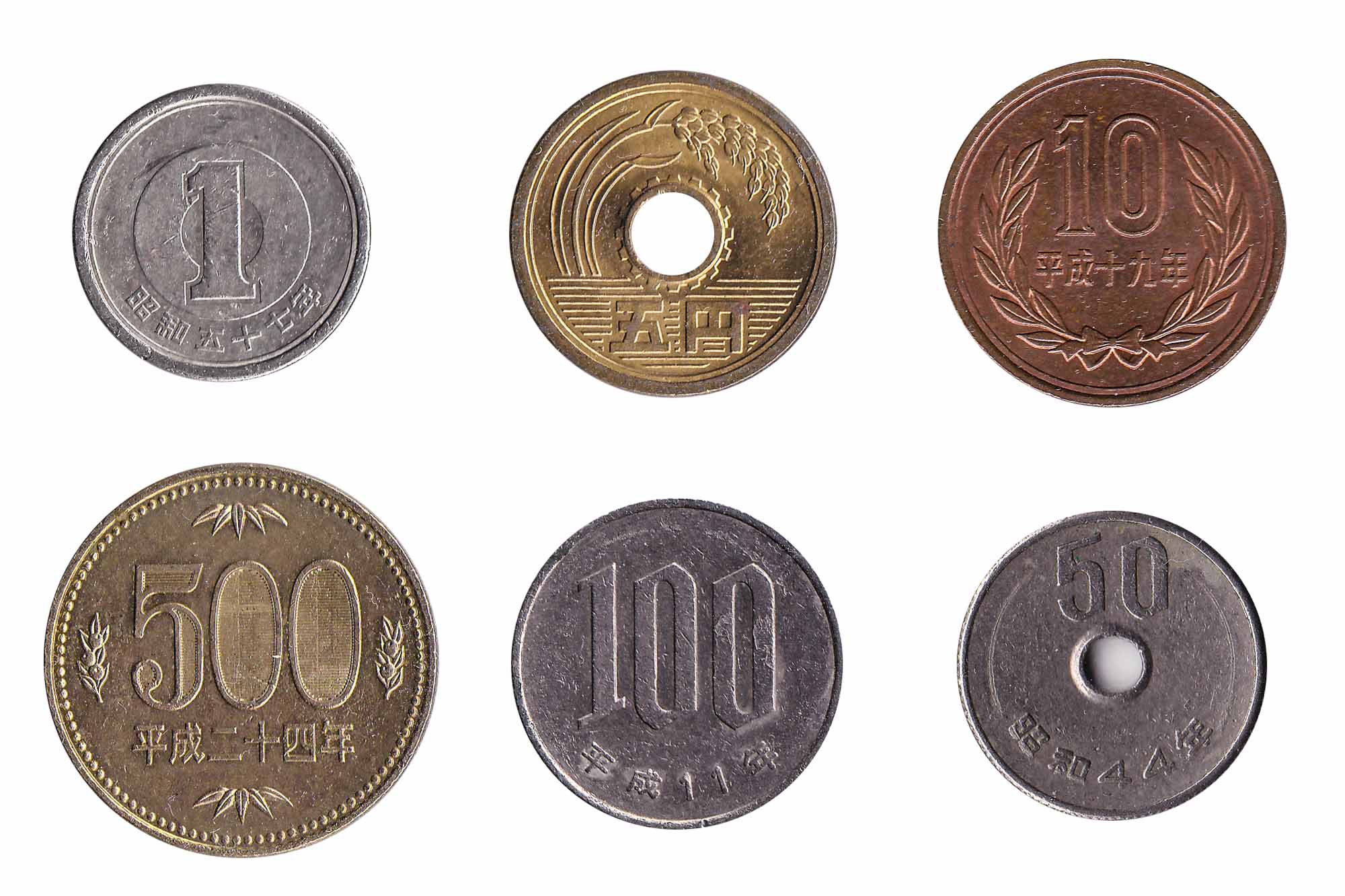
The front has the portrait of Ichiyou Higuchi (樋口一葉). Fuji is from Motosuko Lake (本栖湖) in Yamanashi Prefecture. Fuji is called Sakasa Fuji (逆さ富士), which means the reversed Mt. You can see the reflection of the mountain in the lake's surface. Hideyo Noguchi (1876 - 1928) was a Japanese scientist who succeeded in cultivating syphilis and discovering it as an agent of disease. The front has the portrait of Hideyo Noguchi. The 1000 yen bill is the smallest in size, while the 10,000 yen bill is the largest. They all have a white oval space in the middle, and has each special design (the portrait of its bill) printed in it. When restaurants are promoting "One Coin Meals," the one coin often means the 500 yen coin.Īll Japanese bills are made out of special paper. The back is engraved with the number 500, designs of bamboo shoots and citrus leaves, and the date of manufacture in Chinese characters. The back is engraved with paulownia, the Japanese country name and 500 yen in Chinese characters. The front is engraved with paulownia, and then number 500. The 500 yen coin is made out of 72% copper, 20% zinc, and 8% nickel. The back is engraved with the number 100 and the date of manufacture in Chinese characters. The front is engraved with sakura, the Japanese country name and 100 yen in Chinese characters. The 100 Yen Coin is made out of 75% copper and 25% nickel. The back is engraved with the number 50, and the date of manufacture in Chinese characters. It has a hole in a middle. The front is engraved with chrysanthemum, the Japanese country name and 50 yen in Chinese characters. The 50 yen coin is made out of 75% copper and 25% nickel. The back has the number 10, the date of manufacture in Chinese characters, and two Tokiwagi (常盤木) engraved on it. Byoudouin Hououdou is a temple in Uji city in Kyoto. The front is engraved with the design of the Byoudouin Hououdou (平等院鳳凰堂) and the number ten and the Japanese country name in Chinese characters. This coincidence is considered good luck, and is used for money offered at Shinto shrines. The pronunciation of 5 yen (Goen - 五円) is the same as Goen (ご縁), which is a Buddhist term which explains the ties between people. The back is engraved with the date of manufacture and the Japanese country name in Chinese characters, and 2 seed leaves. The front is engraved with the number 5 in Chinese characters, and an engraved design of ears of rice, a gear and water. The 5 yen coin is made out of 60% copper and 40% zinc. You may have heavy use of this coin, since the consumption tax raised from 5% to 8%. The back is engraved with the number 1, and the date of manufacture in Chinese characters. The front is engraved with a Wakagi (若木), which means a young tree, and the name of Japan and 1 yen in Chinese characters. The 1 yen coin is made out of aluminum, so it's fairly light in weight.



The date each piece of money was made is in the Japanese form - using eras, like Showa and Heisei. Here is a simple guide to Japanese money, from the smallest to the largest. Going to a new country means using unfamiliar money (unless you're planning on using on your credit card everywhere you go, which isn't a very good idea in Japan).


 0 kommentar(er)
0 kommentar(er)
